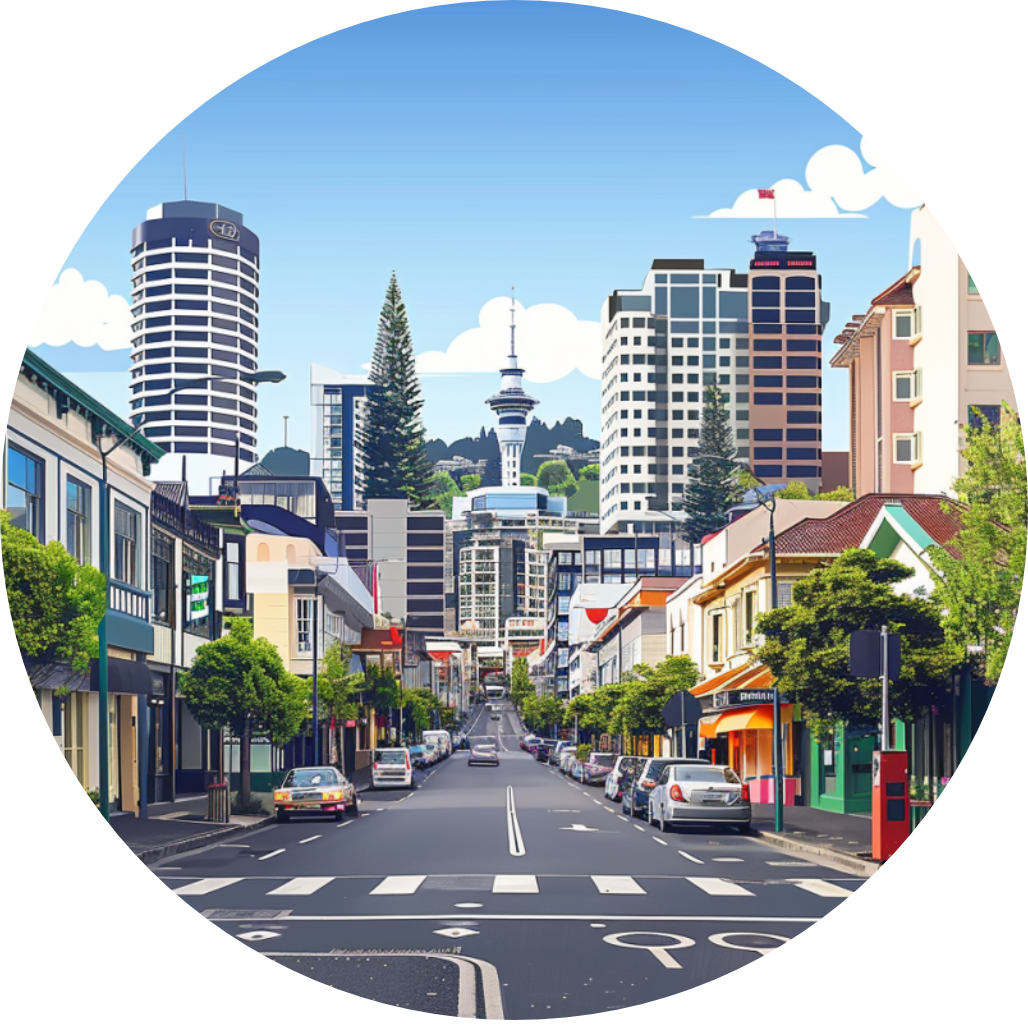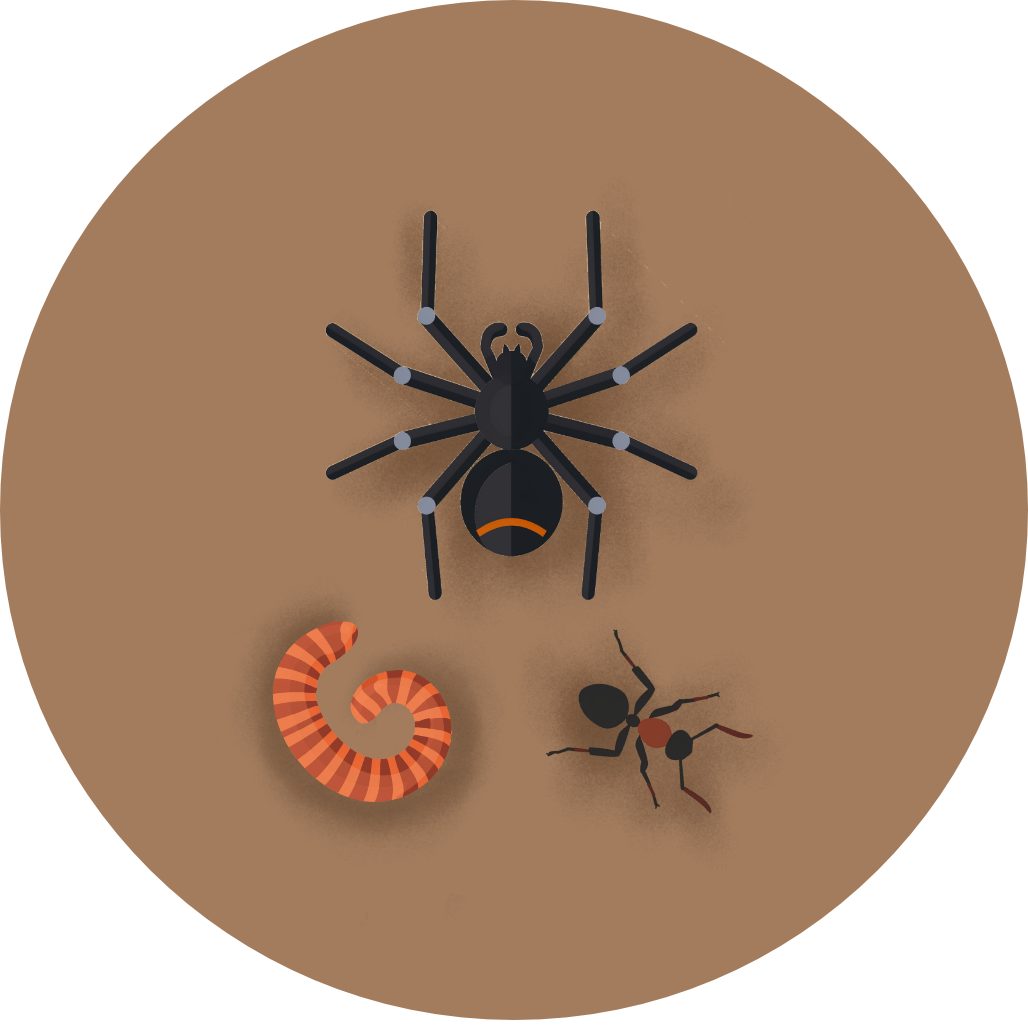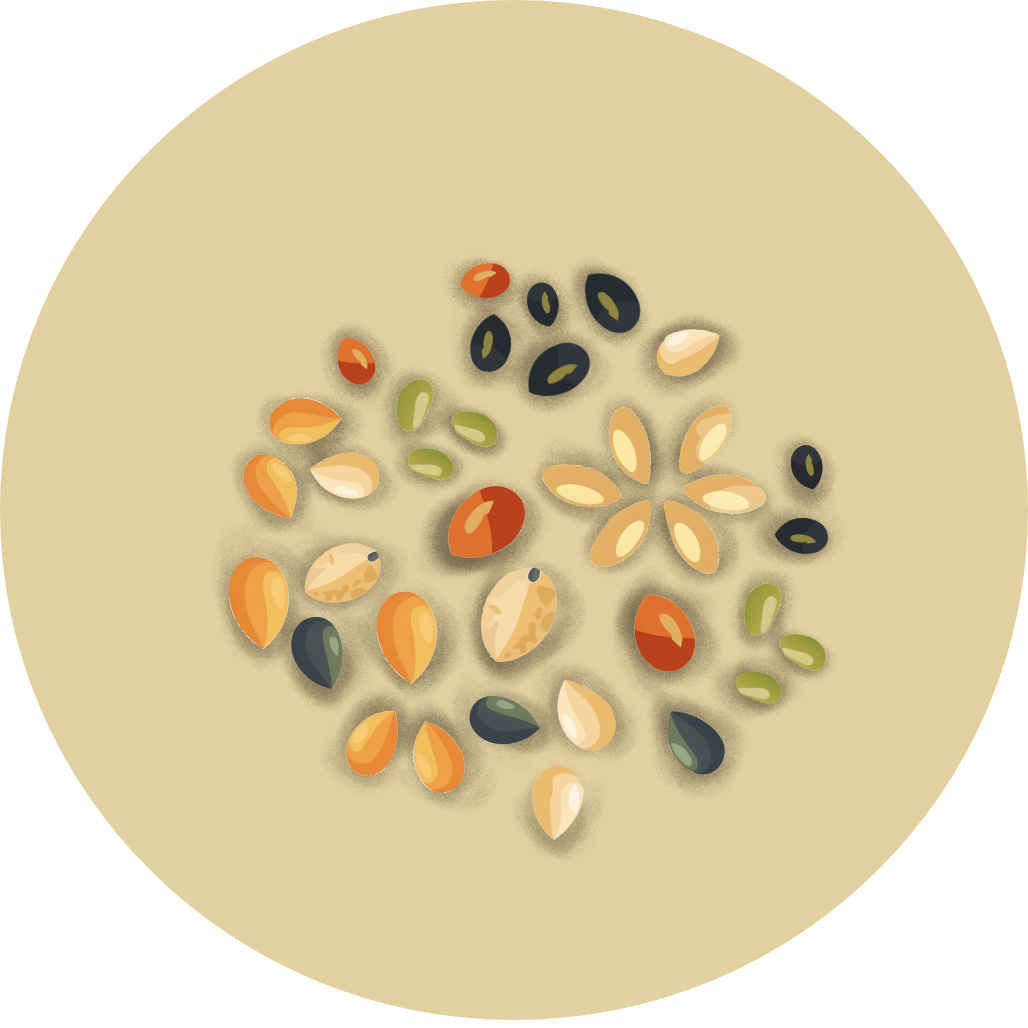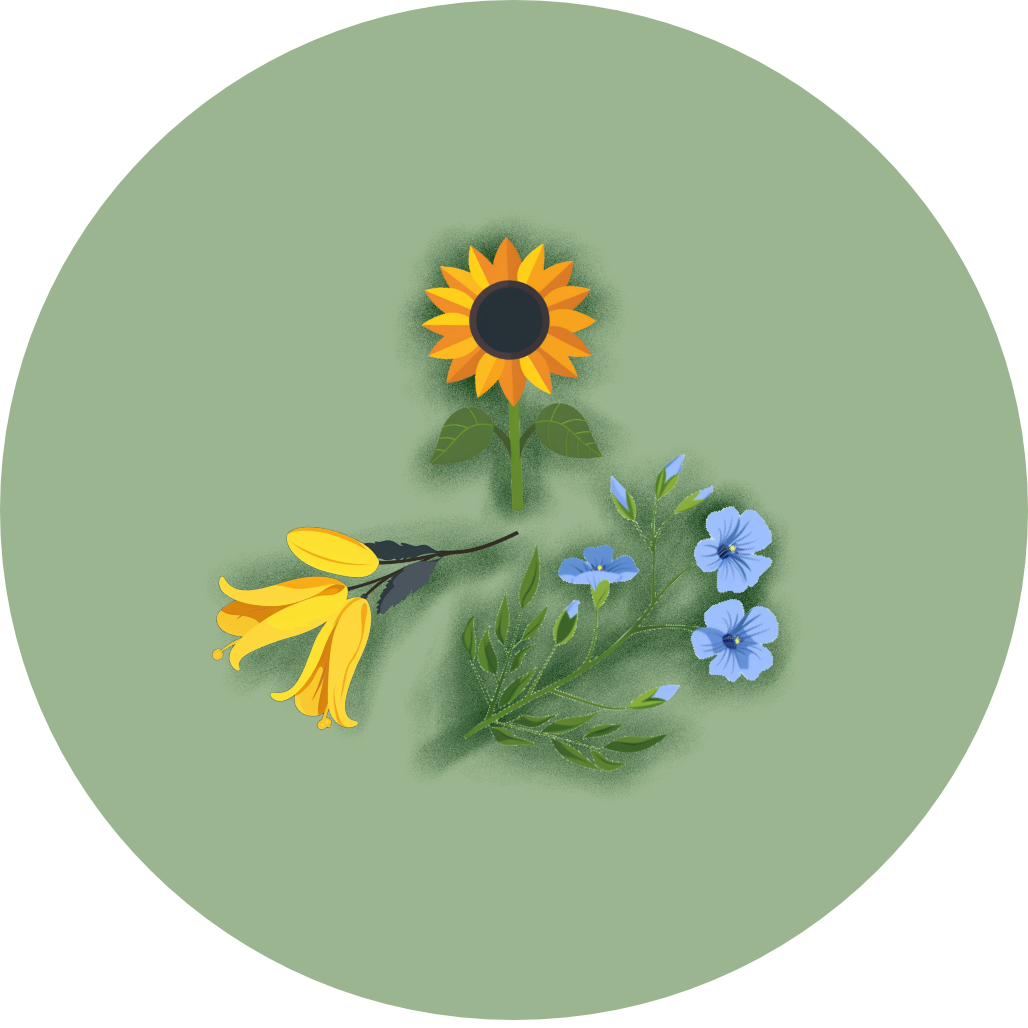
Lesser Redpoll
Acanthis cabaret


Acanthis cabaret

The lesser redpoll, introduced to New Zealand in the 19th century, is a tiny finch with a charming appearance. About the size of a sparrow but more slender, this little bird brings a touch of European woodland charm to New Zealand's diverse landscapes.
1. Bright red forehead patch, with males showing pink chest in breeding season
2. Small size and streaky brown plumage with two pale wing bars
3. Acrobatic feeding behavior, often hanging upside-down from branches
Lesser redpolls breed from mid-October to March, typically producing two clutches. They build neat cup-shaped nests in shrubs or trees. Both parents feed the chicks, regurgitating seeds. While common in many areas, they face challenges from habitat loss and competition with other introduced species.
Look for lesser redpolls in open country, from sea level to high altitudes, particularly in the South Island. They frequent scrubby farmland, tussock grasslands, and forest clearings. Dawn and dusk are ideal times to spot them feeding on seeds in weedy areas or perched in trees. Listen for their distinctive "chuch-uch-uch" call as they fly in small flocks. Tip: scan the tops of thistles or other seeding plants for feeding redpolls.
Introduced to New Zealand between 1862 and 1875, the lesser redpoll quickly adapted to its new home. While not significant in Māori culture, it has become a familiar sight in New Zealand's bird community. Its successful spread across the country showcases the adaptability of introduced species.
12 cm
12 g







Coming Soon!
Top birding locations will be available in a future update.